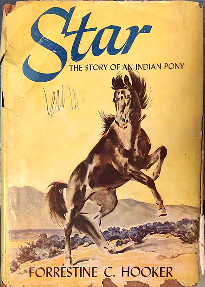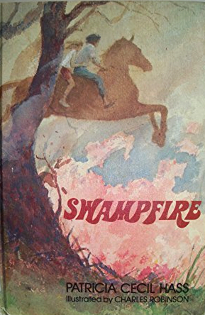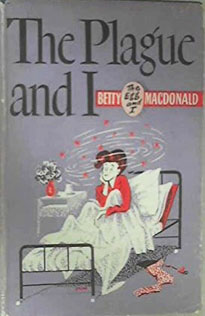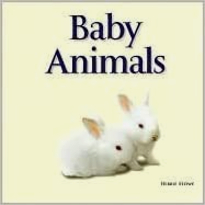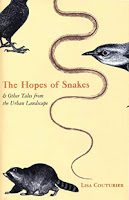My ten-year old has been bringing piles of graphic novels home from the library lately. If one snags my eye, I’ll hold onto it longer to read myself. Finished this one a few days ago but then didn’t really feel like writing about it. At first I wasn’t sure why- assumed because it’s a ghost story, and I’m not keen on ghost stories at all. However I think there’s more to it than that.
Ghosts is about two sisters who move with their family to a northern California seaside town. This is supposed to be better for the younger sister’s health- as she has cystic fibrosis, a degenerative lung disease. I know a little about CF; when I was a teenager I read a memoir by a father whose daughter died of it. That was ages ago, so I had some curiosity about how it was depicted in this book- surely treatment is better in current times, and the prognosis not so dire. Well, the story makes it clear this family sees CF as an ultimately fatal disease. The younger sister Maya has questions about death. When the two girls meet some ghosts in the town, the older girl Catrina is afraid of them, whereas Maya just wants to talk to them- to ask her questions. The girls soon discover that a lot of people in town have seen the ghosts, they view them as friendly spirits of their ancestors and look forward to Dia de los Muertos, when they celebrate the lives of those who have gone before, and interact with the ghosts. This was depicted as basically a big party. While I liked how it made the ghosts seem very friendly to kids, and how Maya’s interactions with a child ghost answered some of her preoccupations about death, I felt a bit unsettled by it too. I didn’t know enough about the holiday to be critical or recognize where the depiction in this book gets it wrong, but plenty other readers did and some of their reviews are linked to below. I did like how parts of the story fit together- the presence of the wind, Maya’s difficulties breathing, how the ghosts respond to her breath, how spirited she was even though so unwell. But other aspects just didn’t work for me at all.
For what it’s worth, my ten-year-old really liked the book. Raina Telgemeier is one of her favorite authors now. I am sure she didn’t notice any inaccuracies in the portrayal of Dia de los Muertos but that’s arguably more problematic if it means kids absorb the ideas put forth in this book, to the cost of the truth.

